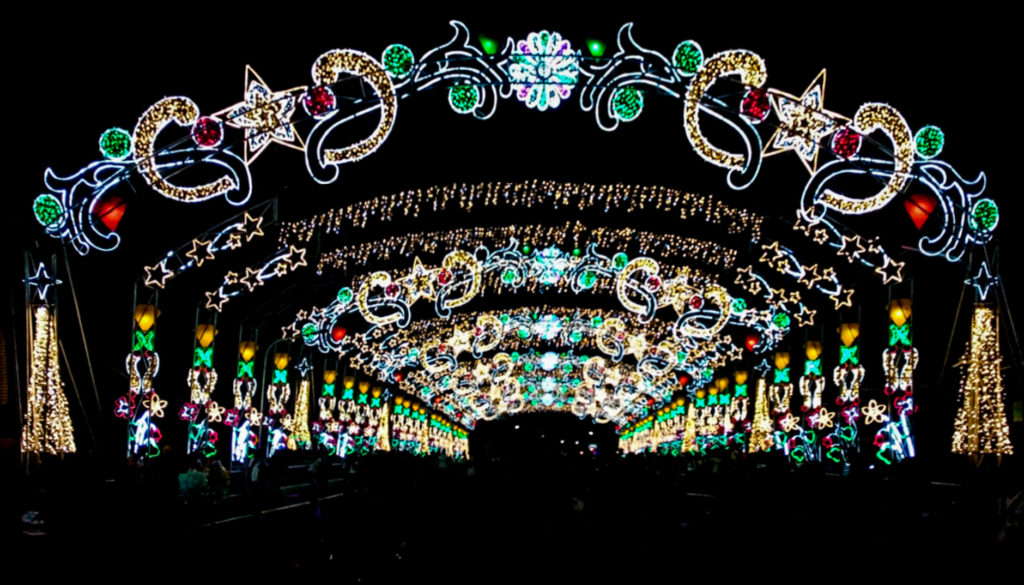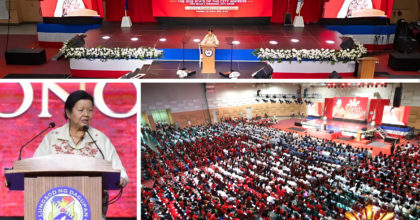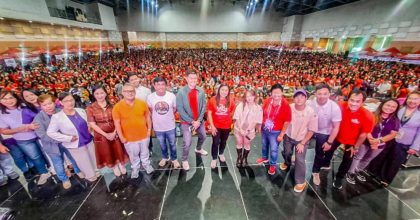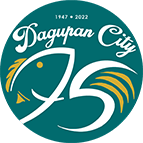
Dagupan City is replete with events of historical significance and rich cultural heritage making it a topnotch destination for tourists.
It is a city nestled by the sea and traversed by seven rivers, which is ideal for sports, leisure and bountiful harvest for one’s gastronomic delight.
In one of the Seven Rivers (Patogcawen, Magueragday, Paldakit, Bayaoas, Pantal, Calmay and Tanap) of the city lies the Dawel River Cruise. One would definitely enjoy the invigorating sight of mangroves (where you can find 14 out of the 48 species of bakawan in the Philippines), fishes (including Dagupan’s treasure – the Dagupan Bangus), and different avian species. The cruise, which lasts for an hour will begin at the foot of the Dawel Bridge in Catacdang, Bonuan Gueset. Ruins of the old railroad tracks going to Damortis, La Union can be seen along the cruise. Provisions for restaurants, kayak rentals, souvenir shops and restrooms, which will surely lure tourists, are in the works as an add-ons to the trip.
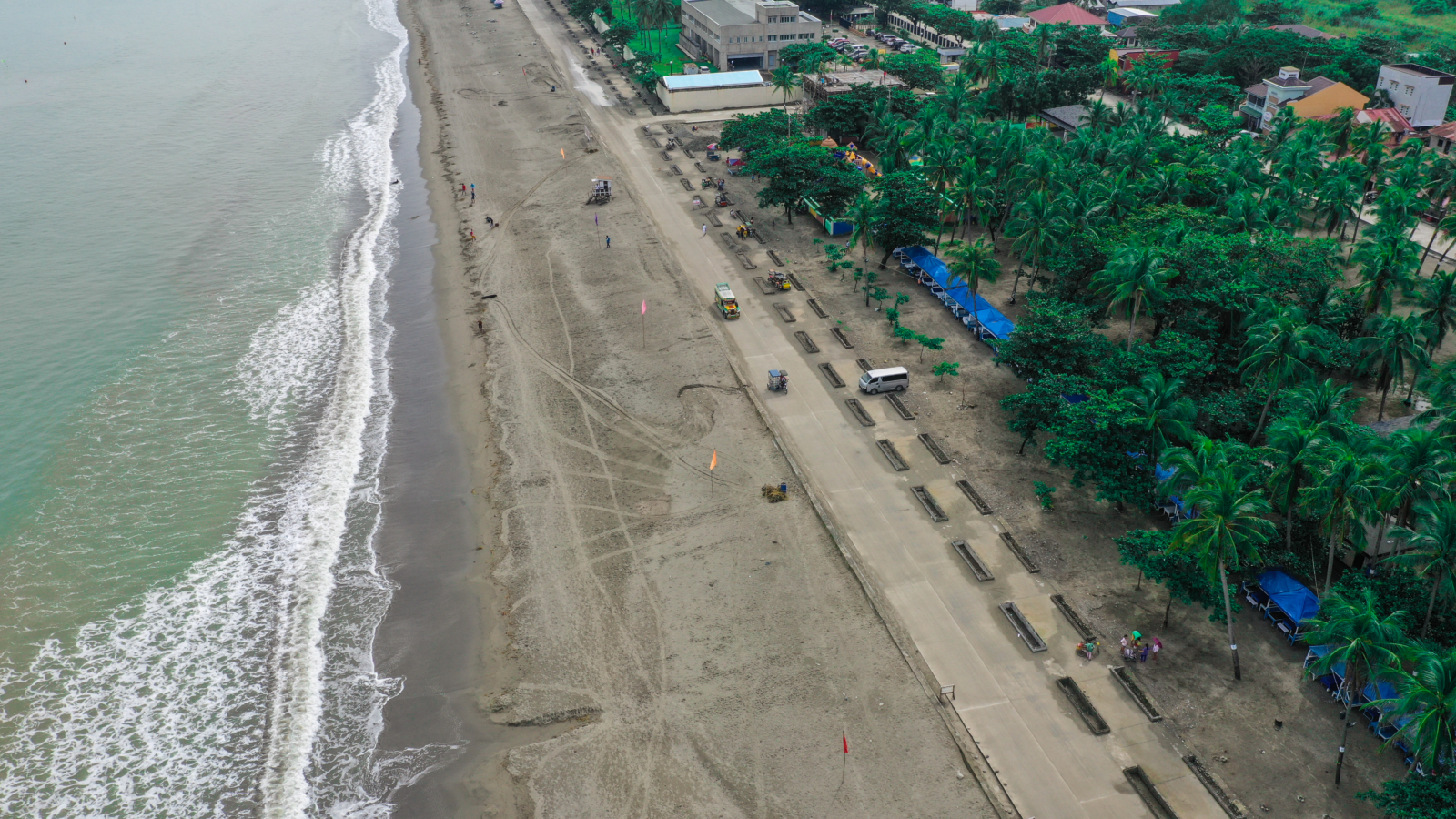
The Bonuan Blue Beach has been one of the region’s favorite summer gates away, where one can have time to relax and enjoy the splash of the waves. It is the place where the Tondaligan People’s Park lies, a sprawling 72 hectare foreshore where the Japanese-Philippine Friendship Memorial Garden and the Tomb of the Unknown Soldiers are located as a fitting tribute to Filipino, American and Japanese soldiers of World War II. Close to the garden is the Mayor’s Pavilion, a multi-purpose area suitable for picnics and events.
The school, which used to be Gen. Douglas McArthur’s Headquarters in Dagupan is now the Home Economics Building of the West Central Elementary School. The school was constructed in 1909 and is better known as the Gabaldon Buuilding.
The Ruins of Franklin Bridge reminds use of the great flood in 1935, which washed the bridge away along with the Colegio de San Alberto Magno in Barangay Calmay, the first college in Dagupan. The bridge sits at the foot of what is now the Pantal Bridge.
The Spanish Railroad Station (Las Estaciones Ferrocarril Manila-Dagupan), used to be the city’s link to the south was built by the Spanish and opened in 1982 as part of the Manila-Dagupan line of the Manila Railway Company Limited.
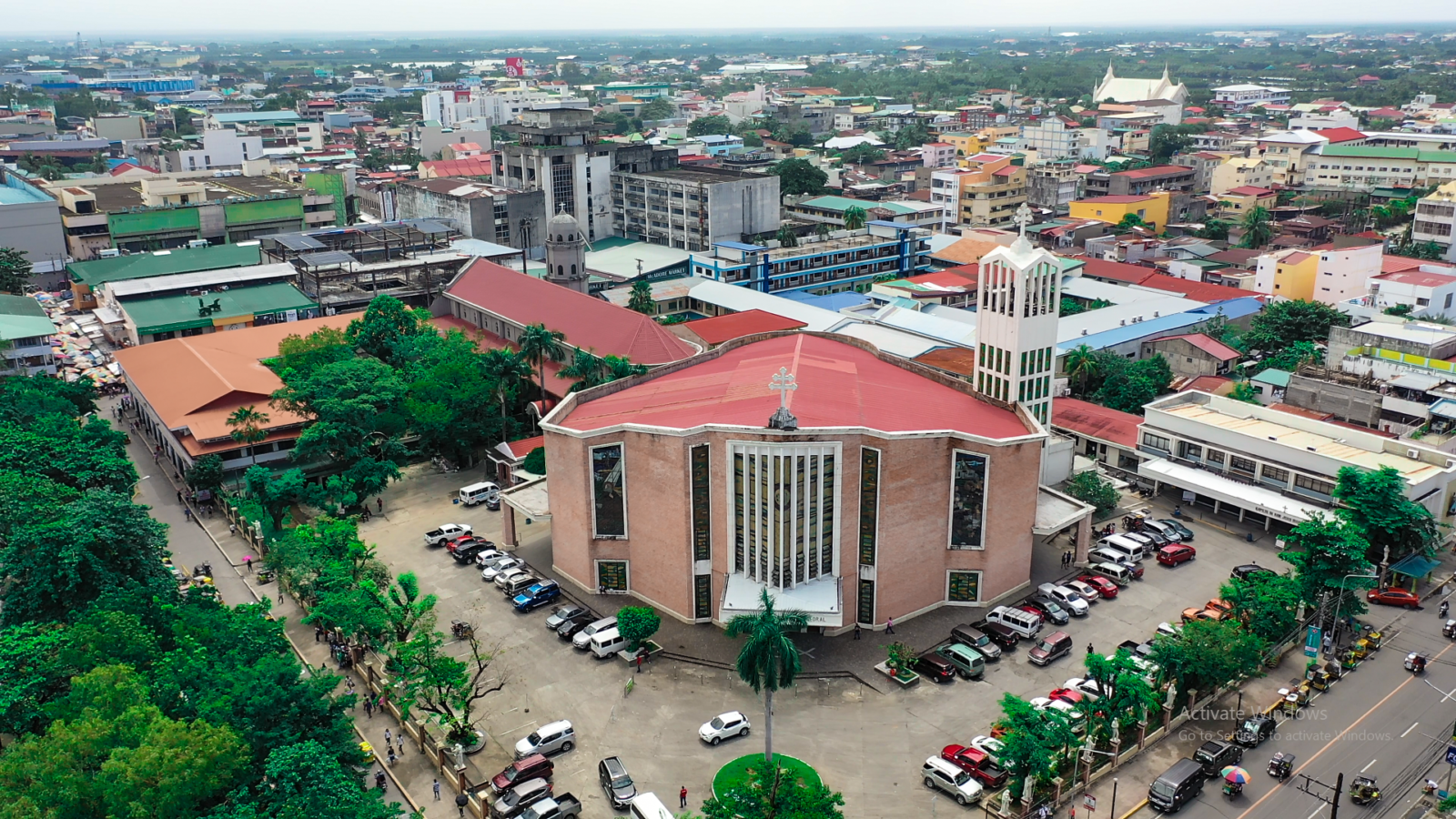
The Old St. John Cathedral Church takes us back in time when Katipuneros won the final battle against the Spaniards within church grounds on July 21, 1898. It is also before its altar that the legendary Leonor Rivera, Dr. Jose Rizal’s lost love, tied the knot with Henry Kipping, a British engineer who set up the first railway system from Manila to Dagupan.
Other remnants of the past can still be found in the heart of the city, such as the more than a Century-old Water Tower, which used to supply the city’s water needs.
Capturing Dagupan’s colorful heritage is the City Museum, which shelters old photographs and antique household items originally owned by famed clans. In the gallery, paintings of native contemporary artists and the masterpieces of National Artists Victorio Edades are showcased.
Also in the heart of the city is the City Plaza, which houses the City Museum. It is the ideal venue for various events, cultural shows and gatherings. It has a Senior Citizen’s Park which is on the left side of the plaza where the Jose Rizal monument can be found. The Children’s Park located at the right side of the plaza, features slides and swings for the children. It is also the site of the monument of Andres Bonifacio and other national heroes.
The Best of Dagupan-Food
The Dagupan Bangus is the epitome of Dagupan’s best. The Betel, a local term for bangus, is the tastiest milkfish in the world. It is the same bangus that catapulted the city to fame as the Bangus Capital of the World. The Dagupan Bangus is cooked and served in 101 ways by restaurants in the city. Among the favorite recipes are inkalot (grilled), fried boneless daing (sun-dried) and insular or sinigang (sour-soup) na Bangus.
One can add flavor to the bangus by adding the condiment, which distinguishes Pangasinan cuisine from the other cruisiness – the Bagoong, a salted anchovies locally known as inasin or monamon, produced totally near the old Perez market.
Another favorite food is Pigar Pigar, a flake of beef or carabao meat, seasoned with salth and pepper, piled and mixed with lightly limped onions and fried in beefy-tasting oil. It is also garnished with vegetables like cauliflower and cabbage. To the non-cholesterol conscious, one can ask for slices of beef fat to add zest to the meat. Stalls that offer this dish are located in Galvan Street.
Kaleskes is another dish unique to Dagupan and other towns of Pangasinan. Kaleskes is a Pangasinan word for intestines or innards. Stalls in Herrero-Perez sell the slowly-boiled beef and beef offal and are cooked on wood-fired stoves.
Desserts anyone? Go for Lasip Grande’s Bocayo or Buko Pastillas. These are famously served in local restaurants. A favorite among the locals, being a sweet, light dessert to cap off sumptuous meals is the Buko Pastillas. Buko Pastillas is a candied coconut formed into soft, chewy bars, while Bocayo is made of strips of young coconuts cooked to a crunch with molasses or white sugar.
Educational, Business and Wellness Hub
Since the Spanish time, Dagupan has always been the center of education in Region 1. The private sector-driven centers of education sush as the University of Pangasinan, the oldest University north of Manila; University of Luzon and Lyceum-Northwestern University lead 14 colleges and 18 vocational schools and 3 technical learning centers, 19 secondary schools and 53 elementary schools, both public and private.
Dagupan has a high concentration of 57 banks and 44 financial institutions that support its status as the major trading and commercial center in North Luzon. It has several malls, supermarkets and multi-national food chains.
Medical and health service centers abound in Dagupan. Out of 51 hospitals in Pangasinan, 12 are located in the city. The largest of these is the Region 1 Medical Center with hospital bed capacity of 300. The city has also a lot of wellness SPAs to choose from.
The Bangus Festival, City Fiesta & other Festivities
The Bangus Festival is one of the major and most exciting festivals in the Philippines worth visiting and coming back for. Watch and enjoy the Gilon-Gilon ed Dalan, a street dancing competition; 101 Ways to Cook Bangus; Bangus Rodeo; Bangus ed Karosa; and the Kalutan ed Dalan, which earned for Dagupan City the Guiness World Record as the longest grill in 2003.
Undeniably, the Bangus Festival has become the best advertisement for the world’s tastiest milkfish; the Dagupan Bangus.
The Agew na Dagupan is celebrated on the day when Dagupan was chartered as a city on June 20, 1947 when President Manuel A. Roxas signed into law Republic Acr 170 authored by then Speaker Eugenio Perez. On October 13, 1947, President Roxas issued Executive Order No. 96 implementing Republic Act 170 and fixing the territorial limits of the city. The celebration of the Agew na Dagupan, or the founding day of Dagupan is observed as a holiday with appropriate rites.
Dagupan City starts the Dagupan City Fiesta in honor of the city’s patron St. John the Evangelist on December 16, with the traditional misa de gallo. Christmas has become synonymous to the Dagupan Fiesta wherein institutionalized activities mark nightly events at the City Plaza such as Nights for Employees, Rotarians, Barangays, alumni of Dagupan City National High School, Teachers and Professionals, Balikbayans, Miss Dagupan Coronation Night and the Rizal Day Celebration. Hundreds of overseas Dagupenos also make an annual trip back home under the city’s Pawil Dagupan Project. December 27 is the feast day of St. John the Evangelist.
Written by: Simon Franics Blaise Rayos Vistro



